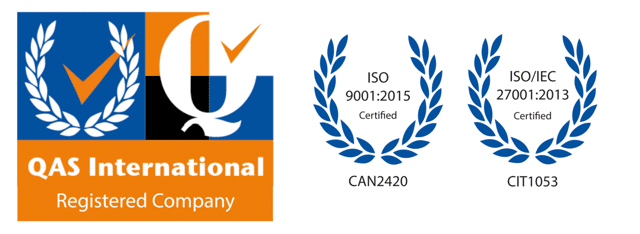Computers are among the most complicated and subtle things humans have ever made, so people need habits, myths and rules of thumb to help keep from being overwhelmed. Some of those myths can lead us astray, and here we present a mix of corporate and personal myths for your interest!
Myth 1: Macs Don’t Get Viruses
One of the most common IT myths is the belief that Macs are immune to viruses and malware. While it’s true that Macs historically faced fewer threats compared to Windows PCs, this doesn’t mean they’re invulnerable.
Cybercriminals have recognized the growing popularity of Macs and have targeted them accordingly. Protecting your Macs with up-to-date antivirus software and practising good security hygiene remains crucial, regardless of the platform.
Myth 2: IT Maintenance Is Redundant When Systems Run Smoothly
Smooth-running systems might give the illusion that IT maintenance is unnecessary, but this is a misconception. Regular IT maintenance goes beyond fixing problems; it prevents them.
It involves updates, patches, and performance optimizations that keep your systems operating efficiently and minimize the risk of unexpected disruptions. Most crucially, regular checks mean we know what “normal” is, and gives us a chance to notice and react if something abnormal tries to sneak through.
Myth 3: I Don’t Need to Backup the Cloud
“I’ve got data in QuickBooks Online and Microsoft 365 – they are keeping my data safe!” Well, yes and no… Most “Software-as-a-Service” (SaaS) operations specifically exclude any sort of backup, including Microsoft 365, QuickBooks, and Google Workspace.
They do considerable work to secure, protect and keep your data available, but at the end of the day, if there is any kind of problem, if you or a colleague make a mistake, if something is lost and you don’t notice immediately – it’s gone forever.
Many affordable services exist to independently back up (and archive!) your SaaS data – backing up is generally far less costly than the pain and impact of not having a backup when you need it.
Myth 4: Incognito Makes You Completely Anonymous
Using your browser’s incognito mode might hide your browsing history from others who use the same device, but it doesn’t make you completely anonymous online.
Your internet service provider, websites you visit, and even certain tracking mechanisms can still gather data about your online activities. For heightened online privacy, consider using a virtual private network (VPN) and other security measures.
Myth 5: Remote Work Means Lower Security Standards
The myth that remote work inherently compromises security is unfounded. With the right cybersecurity measures and policies in place, remote work can be as secure as working from the office.
It’s essential to establish strong security protocols, such as VPNs, secure authentication methods, and regular security training for remote employees.
Myth 6: We’re Too Boring to Be Worth Attacking
Cybercriminals love all data – they have well-organized and effective marketplaces for data, so some specialize in scanning the internet for weakly protected systems, sell that to others that specialize in those weaknesses, who in turn sell the data they collect to others who specialize in monetizing that data for fraud, identity theft, using your computer or services to attack others, and so forth.
So, small and boring is no defence; being better secured than others, even if just by a bit, makes you more of a hassle to attack, less likely to show up on scans of vulnerable systems, and less likely to be a chosen target.
Myth 7: IT is a One-Time Investment, Not a Continuous Process
Believing that IT is a one-time investment is a misperception that can hinder your business’s growth and security. Security, proactive work, risk management, and hitting objectives all depend on routine work to ensure that things run correctly – that systems are up to date, that only the right people have access, that important things haven’t broken, and that new developments are taken into account.
Computers cannot reliably tell us if they aren’t right, so we have to have the right habits and tools to monitor, keep abreast of technology, and keep that in sync with the business’s strategic goals.
Conclusion:
This list could go on forever – what do you wonder about? We’d love to talk to you about it. The more we talk about what you want to do with IT, and how IT works, the better the business outcomes we can create together.
Looking forward to more years of serving you well,
- The Pund-IT Team



